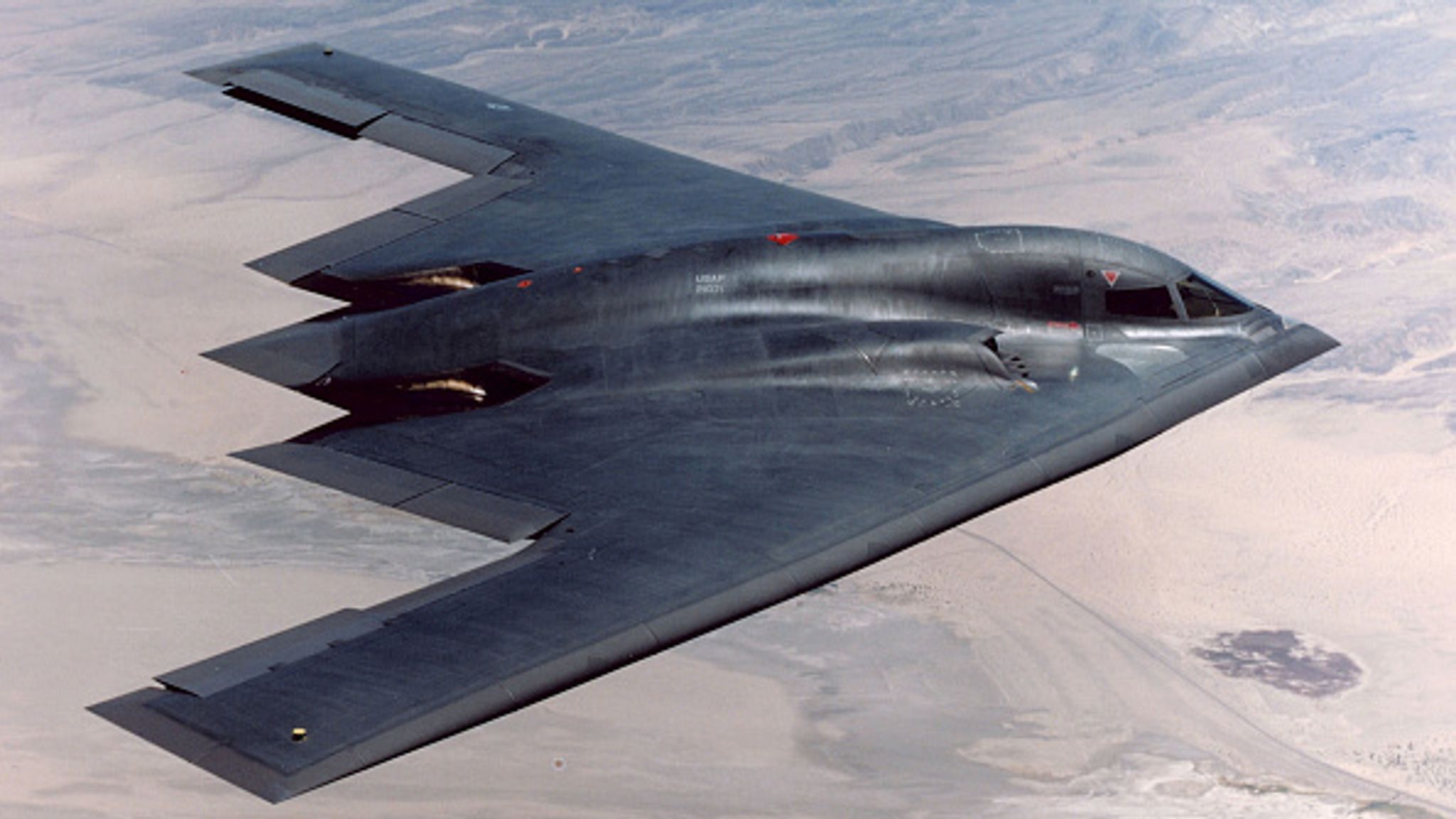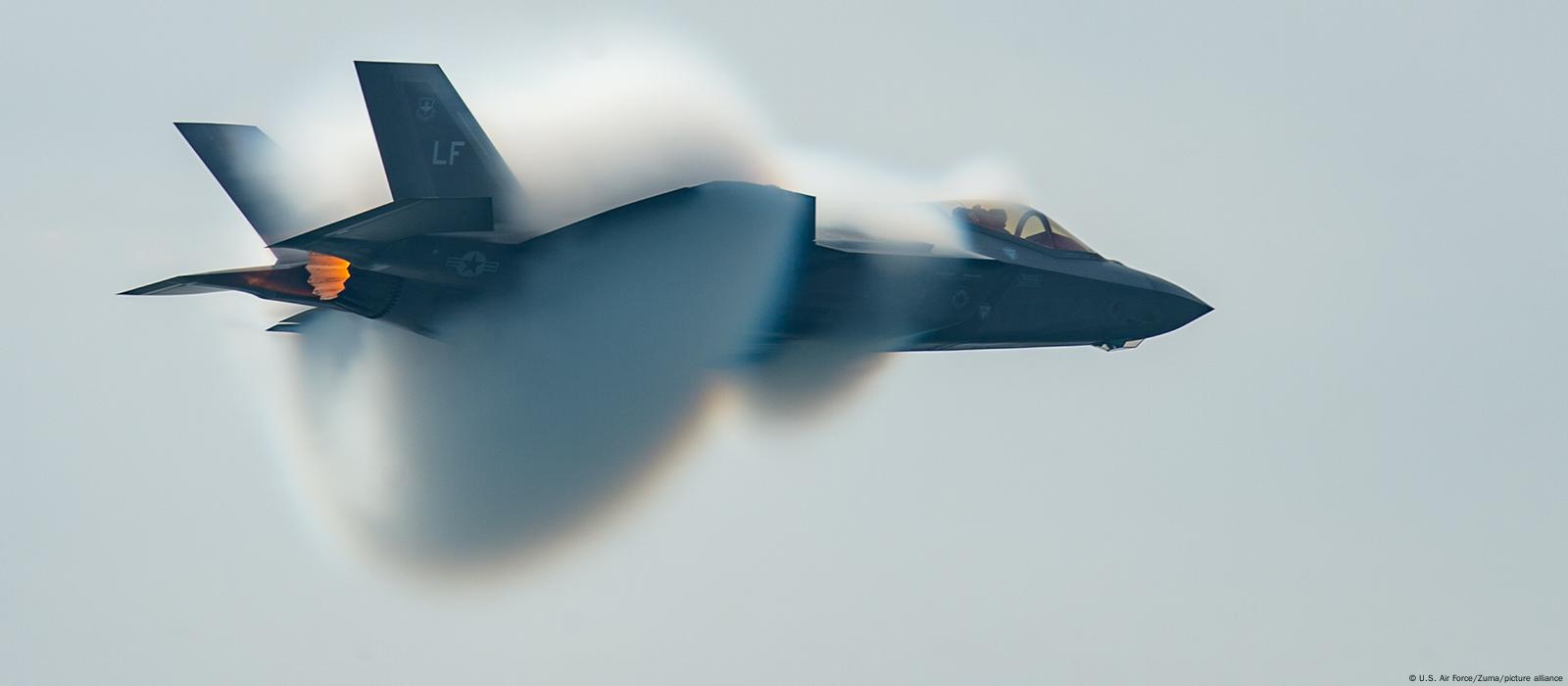Russian Stealth Fighters - It is the product of the PAK FA (Russian: ПАК ФА, short for: Перспективный авиационный комплекс фронтовой авиации, romanized: Перспективный авиационный программе, 'Front Litvinyi Aviation-Front.') was initiated in 1999 as a more modern and affordable alternative to and MFI (Mikoyan Project 1.44 / 1.42) Sukhoi internal roll of aircraft is T-50. The Su-57 is the first aircraft in the Russian military to be designed with stealth technology and is intended to be the basis for the family of combat fighters. Airplane.
A multi-role fighter capable of air-to-air and surface-to-surface strikes, the Su-57 includes stealth, supermaneuverability, supercruise, integrated avionics and internal payload capacity.
Russian Stealth Fighters

The aircraft is expected to succeed the MiG-29 and Su-27 in Russian military service and is being sold for export. The first prototype flight took off in 2010, but the program will have a long development due to various structural and technical issues that arose during testing, including the destruction of the first prototype flight in an accident before delivery . After repeated delays, the first Su-57 entered service with the Russian Air Force (VKS)
What Are Russia's Su 57 Felon Jets? The Plane Russia Is Terrified Of Losing
In 1979, the Soviet Union expressed the need for a future-proof aircraft intended to be operational in the 1990s. The program became the I-90 (Russian: И-90, short for: Истребитель 1990–х годов, lit. 'fighter of the 1990s') and required the fighter to be "multifunctional" (ie multirole) by having a critical ground. Attack capability, and will likely replace the MiG-29 and Su-27 in the front line of tactical air service. The following two services are designed to meet these needs: MFI (Russian: МФИ, short for: Многофункциональный фьтеритеристый фристоный). , with a conceptual work that began in 1983.
Although not a participant in the MFI, Sukhoi began its own program in 1983 to develop technologies for next-generation fighters, possibly resulting in the S-32 heavy-lift test aircraft, later redesignated the S-37 and Su-47. . Due to lack of funds after the collapse of the Soviet Union, MFI was delayed and the first flight of the MiG 1.44/1.42 model did not happen until 2000, nine years behind schedule.
Due to the cost, the MFI and LFI may have been canceled as the Russian Ministry of Defense began work on a new future fighter program; In 1999, the ministry launched the PAK FA or I-21 program, with the competition announced in April 2001.
Due to Russia's financial problems, the program aims to reduce costs by creating a fifth-generation fighter that will replace both the Su-27 and MiG-29. Additional cost-saving measures include the intended size between the Su-27 and MiG-29 and a standard weight that is significantly smaller than the MiG MFI's 28.6 tons (63,000 lb) and the Su-47's 26.8 tons (59,000 lb) .
Russia's Stealth Fighter Starts New Test Phase
Sukhoi's approach to FAK FA competition is different from Mikoyan; Although Mikoyan suggested that the three design bureaus (Mikoyan, Sukhoi and Yakovlev) cooperate as a joint venture with a successful team leading the design effort, Sukhoi's decision made him the leader guidance from the outset and includes a collaborative agreement that covers the design effort. . improving tire development and the production cycle, from suppliers of sports equipment and aircraft to research facilities. In addition, the two companies have different design philosophies for the aircraft. Mikoyan's E-721 was smaller and more affordable, with a standard weight of 16–17 tons (35,000–37,000 lb) and two Klimov VK-10M engines of 10–11 tons (98.1–108 KN), 22,000 24,300 lbf) of thrust per. In contrast, Sukhoi's T-50 will be relatively larger and more powerful, with a standard takeoff weight of 22–23 (49,000–51,000 lb) and two Lyulka-Saturn AL-41F1 engines each with medium compression onboard. 14.5-ton (142 kN, 32,000 lbf).
In April 2002, the Ministry of Defense selected Sukhoi over Mikoyan as the winner of the FAK FA competition and the Office of New Aircraft Design.
In addition to the merits of this process, Sukhoi's experience in the 1990s was considered, with the successful development of various Su-27 models and the export of many products, which ensured financial stability. .

Mikoyan continued to develop his E-721 as the LMFS (Russian: ЛМФС, short for: Лёгкий многофункциональный фронтовой Фелефон, lit. 'his own fully operational light).
Up Close And Personal With Russia's 5th Generation Stealth Fighter: First Close Up Pictures Of The Pak Fa
PAK FA's research and development program is called Stolitsa (Russian: Столица, lit. 'big city'). In 2002, Alexander Davydko was selected as the chief designer of the T-50 at Sukhoi.
The Novosibirsk Aircraft Production Association (NAPO) and the Komsomolsk-on-Amur Aircraft Production Association (KnAAZ) will produce the new multi-role fighter, with KnAAZ making the final assembly in Komsomolsk-on-Amur.
After the competition held in 2003, Technocomplex Scientific and Production Center, Ramskoye Instrument Building Design Bureau, Tikhomirov Scientific Research Institute of Instrument Design (NIIP), Ural Optical and Mechanical Plant (UOMZ) in Yekaterinburg, Polet company in Nizhny Novgorod. . and the Central Engineering Research Institute of Science and Technology in Moscow was chosen to develop the PAK FA fleet. In April 2004, NPO Lyulka-Saturn (now NPO Saturn) was signed as a contractor for AL-41F1 engines with the development roll Izdeliye 117.
Sukhoi used the existing airframe as a test bed for various ground systems and concepts; The Su-47 tested internal weapon systems, and the Su-27M models were testbeds for flight control systems and engines.
Missiles And Bombs For Russian Stealth Fighters Tested
To reduce the risk of development and spread the related costs, and to fill the gaps that exist with the current fourth-generation fighters, Sukhoi has implemented some of the T-50's technologies and features, such as improved and reliable avionics, in a advanced original Sukhoi. 27 called the T-10BM (Russian: БМ, short for: Большая Модинзирация, lit. 'Major Modernization'), which was commissioned by the Russian Ministry of Defense in 2009 and entered service as the Su-35s in 2014 .
In December 2004, the concept and design of the T-50 was completed and approved by the Ministry of Defense; Government funding for the program began in 2005 and increased significantly in 2006, when the full program was implemented.
On August 8, 2007, the Russian News Agency quoted the Commander-in-Chief of the Russian Air Force, Alexander Zelin, as saying that the program's development plan had been completed, and that the first test flight would begin, along with the T -50 three flying pieces. Ready-made products. It was built in 2009.

From the early stages of the PAK FA program, Russia sought foreign cooperation on the project to increase funding for its development and secure large export orders.
New Photos Of Russian T 50 Stealth Fighter
On October 18, 2007, Russia and India signed a contract with Sukhoi and Hindustan Aeronautics Limited (HAL) for the joint development of the PAK FA called the Fifth Generation Fighter Aircraft (FGFA).
In September 2010, India and Russia agreed to an initial draft contract in which each country would invest $6 billion; A Memorandum of Understanding was signed in December 2010, and the development of the FGFA is expected to take 8-10 years.
In 2014, however, the Indian Air Force began to express concerns about performance, cost and allocation of work. India has definitely left the partnership in 2018.
The service flight of the T-50 has been repeatedly delayed since early 2007 after experiencing unexplained technical problems. In August 2009, Alexander Zelin admitted that the problems associated with genetics and technical research remained unresolved.
New Single Engine Stealth Fighter Details Reported In Russia
On February 28, 2009, the director of Sukhoi Jeral Mikhail Pogosyan announced that the aircraft is almost finished and that the first prototype should be ready in August 2009.
On August 20, 2009, Pogosian said that the first flight would be by Yor's D. Konstantin Makiko, deputy head of the Moscow-based CTR agency for strategic and technical analysis, said that "barring any delay", the flight would likely take off. the first in January or February, adding that it will take five to 10 years to do business. Production. .
The flight test was further delayed when Deputy Prime Minister Sergei Ivanov announced in December 2009 that the first test would begin in 2010.

The first taxi test was successfully completed on December 24, 2009, and the prototype T-50-1 flight took place on January 29, 2010.
Sukhoi Su 57
Piloted by Sukhoi test pilot Sergei Bogdan, the 47-minute service flight took place at KnAAPO's Dzemgi Airfield in the Russian Far East.
Construction of the products will proceed more slowly than originally planned; As of October 2013, the test program has accumulated more than 450 flights in five flights.
A total of flying T-50 and non-flying T-50 prototypes will be built for initial flight tests and state trials.
Initially, the program had up to six prototypes before serial production began; But testing would show that the first models did not have enough fatigue life, with early structural cracks in the aircraft engine.
China Mulls To Buy Russia's Su 57 Stealth Fighter Jet
The aircraft was later redesigned, with changes including increased use of composite materials, strengthened airframes to meet full life cycle requirements, a longer "stab" tail and slightly larger wingspan; The sixth flying prototype was the first of the redesigned "second stage" aircraft, with the first five prototypes therefore considered "first stage" vehicles and requiring additional structural reinforcement to continue flight test.
The last two flying models are the test of the production of the Su-57 aircraft with a complete mission system in the aircraft.
While the "second stage" reform process has greatly reduced the size of the required capacity

Tau remora drone stealth fighters, russian stealth bomber, russian stealth, new stealth fighters, russian jet fighters, stealth jet fighters, best russian fighters, ufc russian fighters, stealth fighters, russian fighters, russian aircraft fighters, russian jet fighters for sale
0 Comments